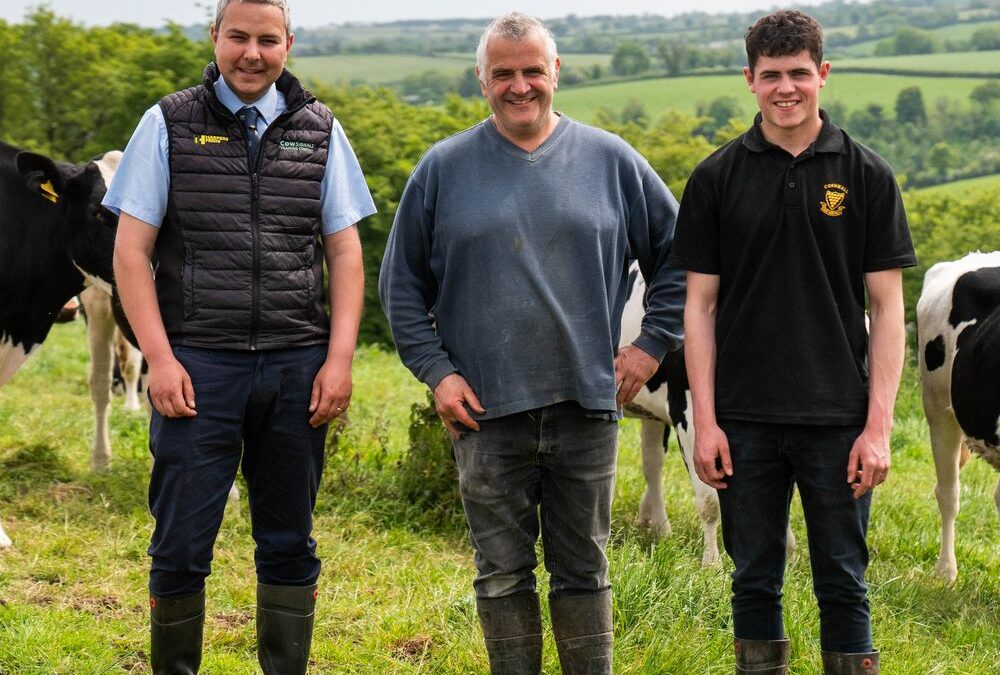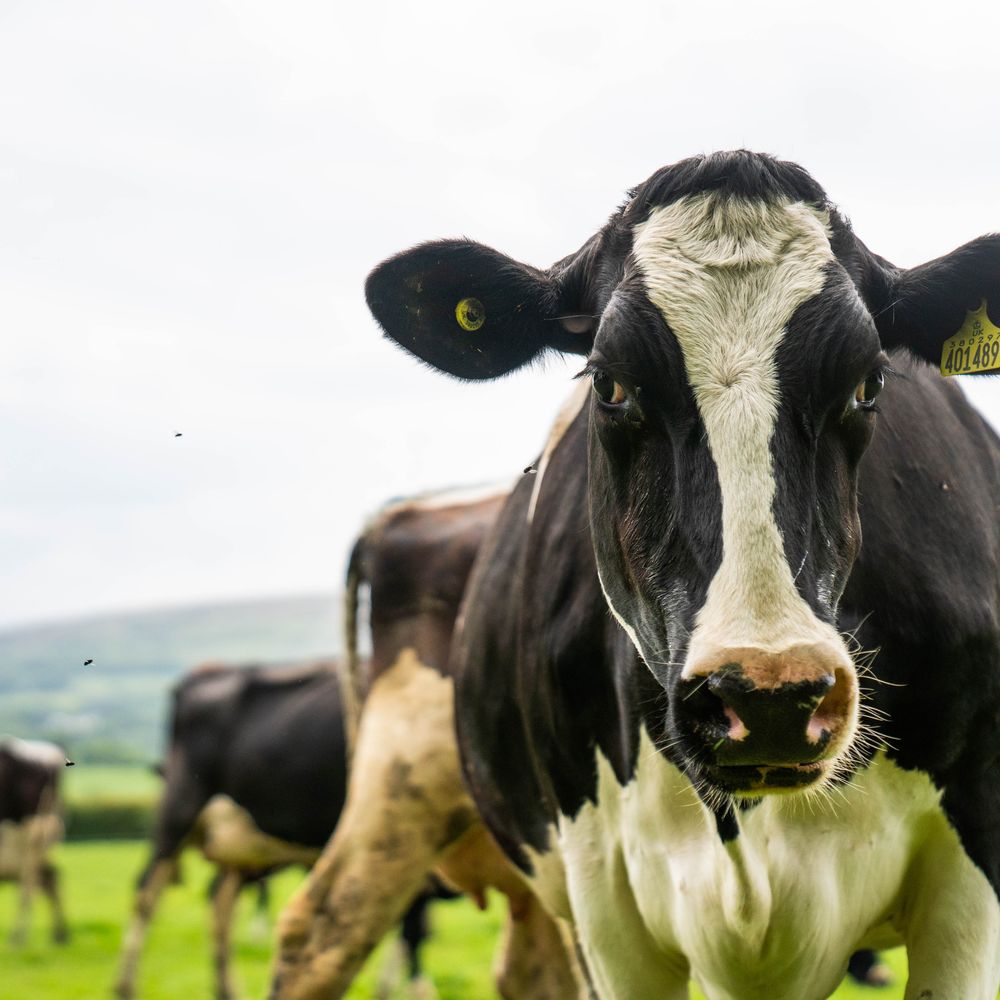The Daniel Family
The Daniel family farm at Lower Rillaton near Callington. Jack Daniel runs the farm with his wife Karen and sons Matt and Alex, although his father Chris is still involved on a daily basis. They run 180 all-year-round calving Holstein cows averaging 7800 litres at 4.95% fat and 3.67% protein
Jack says the emphasis is on finding the right balance between the land available and the numbers carried, maximising productivity. Achieving exceptional levels of fertility based on a team approach is certainly allowing the family to move in the right direction with the farm ranked in the top 5% of Genus ABS RMS herds in the UK.
Getting cows and heifers in calf quicker means they can cull harder to improve the quality of the herd and avoid carrying passengers. They can also reduce average days in milk, improving feed efficiency and milk yield. Using sexed semen they can reduce the number of heifers carried and create the opportunity to produce more beef calves.
The Daniels use RMS for all breeding. Over the last 12 months the Daniels have averaged a conception rate of 52% and a pregnancy rate of 40% with 1.9 straws per conception.
The vet visits every two weeks to PD cows and heifers and to check the very few cows not seen bulling.
In the past the farm has produced and carried more heifers than they needed but this has allowed them to select the best, to cull harder and reduce the average herd age by bringing in around 50 heifers per year. And they have been able to sell 15-20 heifers, usually at bulling age, per year.
Now, the aim is to pull back on the number of heifers reared and to produce more beef calves. This will give the option to grow beef calves on, either finishing or selling as stores.
Quality Forage
In addition, rearing fewer heifers will mean it will be possible to rear them better and reduce age at first calving down to 24 months.
In the winter the cows are fed a mix of maize and grass silage, urea-treated home-grown wheat, fodder beet, a 40% protein blend and a bespoke mineral. In the summer they graze by day and are housed by night on the winter diet minus the fodder beet.
In the parlour, they are fed 8kg/day of home-grown barley with a 25% protein balancer for 90 days before the rate is stepped down. The overall herd feed rate is 0.3kg/l.
Diets are based on quality silage. Around 200 acres of first cut are taken followed by 100 acres of second cut. Third and fourth cuts are baled. First cut typically analyses at 27%DM and 11.8MJ ME/kgDM with second cut at 32% DM and 11.1MJ ME/kgDM.
Close attention has been paid to minerals. Forage analysis showed a particular problem with iodine, so all animals receive a bespoke mineral to address this.
The Daniels believe they now have options to help them react depending on what the industry faces. He doesn’t rule out increasing the herd to 200 cows and while their focus is on milk constituents rather than milk yield, he says the genetics are in the herd to allow them to produce more milk.
They have the option to finish more beef calves or to keep and sell additional heifers as the younger herd should allow them to reduce replacement rates.
Being an Arla supplier, a major challenge at the moment is meeting the sustainability targets and achieving the required points. For this reason the whole farm has now moved onto Harpers Planet feeds which contain no soya, meaning they will pick up 11 points immediately by taking over 50 tonnes of soya out of the diet and reducing emissions by 250 tonnes of carbon per year.
Cutting soya out was an easy decision as it is perfectly possible to feed cows, heifers and calves without it and leave performance unchanged.
With the foundations of excellent fertility, quality forages and good nutrition the Daniel family have a system which can be more agile as the market, economic and environmental pictures change
For more information on our range of dairy feeds, contact us today.







